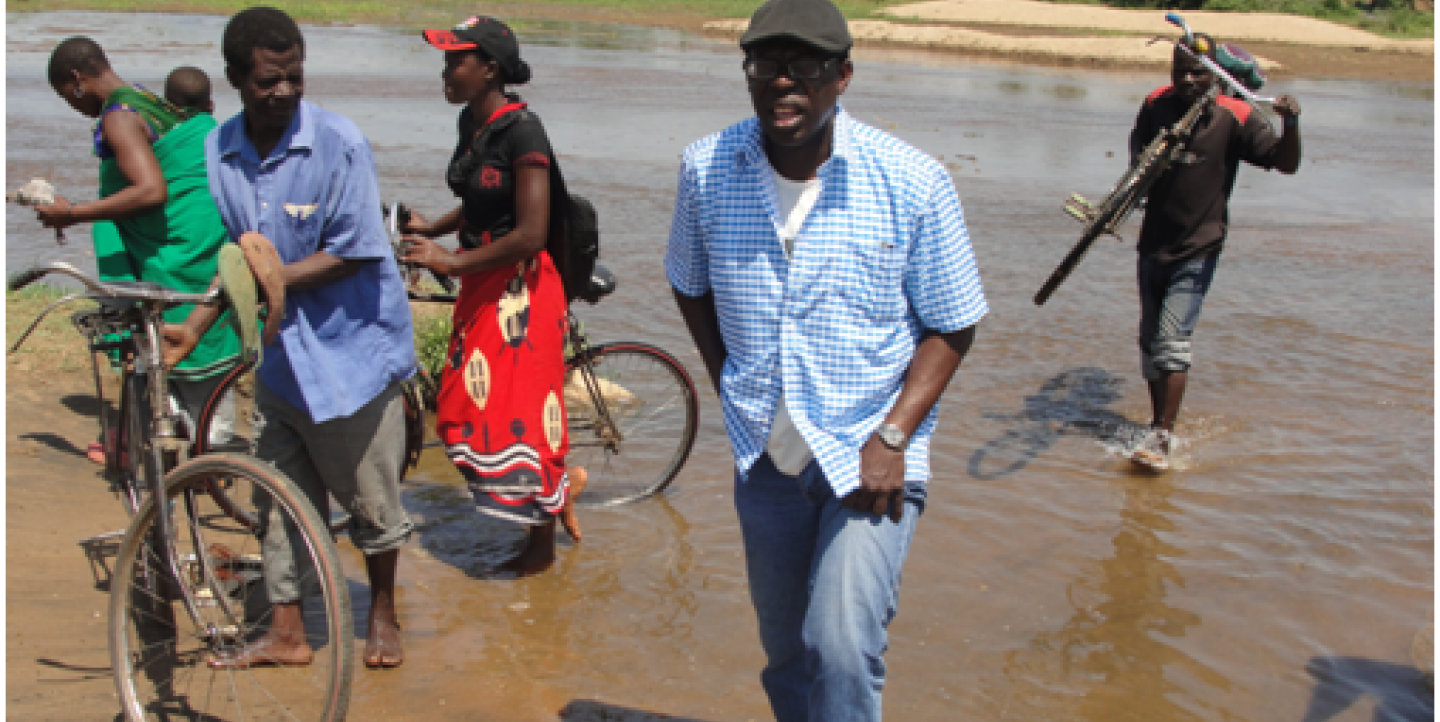By definition, development stories are big news in developing countries. But too often, media reports about this important topic simply cover government announcements of infrastructure development--roads, bridges, hospitals--and official claims that lives will improve.
But there can and should be much more to these stories. Here are three ways to improve your coverage of development issues:
1. Focus on ordinary people, not big shots
The voices of ordinary people are seldom heard, their stories seldom told. When they do get reported, they are projected either as victims, beneficiaries of government largesse, a mob given to riotous, antisocial behavior or a cadre of criminals.
It is important for journalists reporting on development to focus on ordinary people for three main reasons. Firstly, they bear the brunt of the impact of government decisions and suffer most from deprivation arising from public expenditure priorities. Secondly, they make up the largest sector of the population. Thirdly, in journalism, the sheer weight of numbers counts for something.
2. Report from the field
Much of what passes for journalism today in the African media is actually “churnalism” – simply churning out press releases, wire stories and pre-packaged material as news. It’s cheap and eases deadline pressures. But it’s not possible to report development by remote control, at your desk. You need to get out and go see what’s happening for yourself. You need to meet real people and form impressions. Legwork is a reporter’s reality check.
For instance, only legwork revealed the truth about the extent of drought-induced famine in southern Zambia in 2002. The provincial minister told the nation that the government had distributed relief food throughout the affected areas and that to the best of his knowledge every household had been provided for.
But first-hand reporting resulted in a different story: When I traveled there with a team of journalists, we found fresh graves of some villagers who had died from hunger, whole families subsisting on wild roots, and thousands of people who had not received relief supplies for five weeks.
3. Put statistics in context
Journalists often use statistics as objective truth, proof of a point or support for a conclusion. The fact is, statistics come from studies, and you have to assess the validity of each one: Who conducted and paid for the study? What did it set out to measure? If it was a poll, who were the respondents? How were they questioned?
When it comes to development, journalists sometimes rely on statistics from the big international organizations like the World Bank, International Monetary Fund, or various UN agencies. One that comes to mind is the number of people in developing countries who live on less than US $1 a day.
But what does this mean? In my travels around the African countryside, I have seen many households where the people make very little money. But the houses they live in are their own. They have cows, goats, and sheep, grain in their barns and their own land, which have value. A good journalist provides context for statistics and explains what they mean in that particular context. A dollar means one thing in an urban setting where one must buy every drop of milk and another in the countryside where the people have cows.
_These tips were excerpted from the ICFJ guide “Ten Practical Tips for Covering Development,” which Edem Djokotoe wrote as part of his Knight International Journalism Fellowship. You can read the full guide here._
Photo courtesy of Edem Djokotoe.

